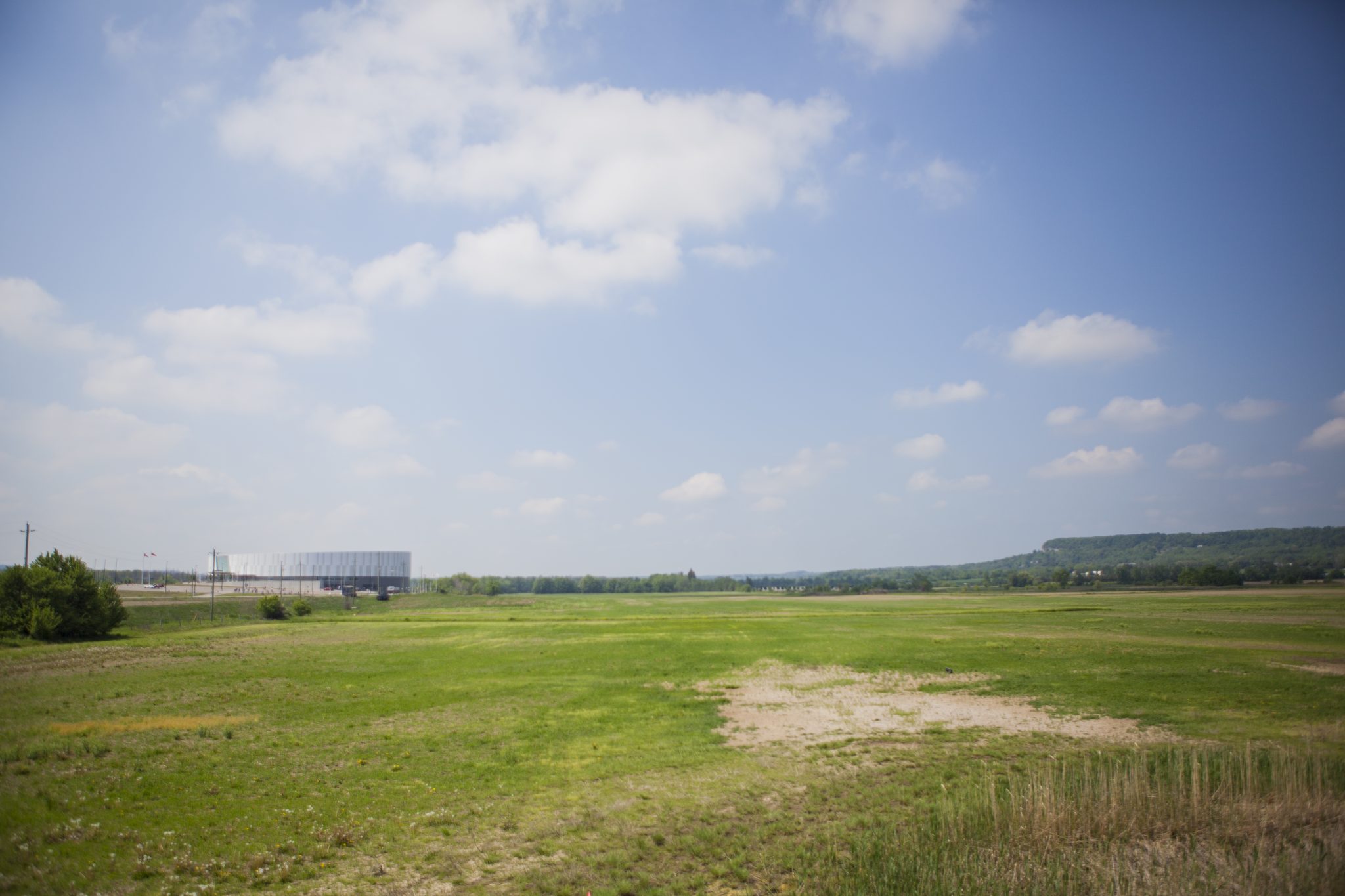Laurier’s new satellite campus in Milton is approved


Last month, the Ontario government approved and committed to fund $90 million into building a new Laurier campus in Milton in partnership with Conestoga College.
Located in the Milton Education Village, this sector of Laurier will focus on programming in science, technology, engineering, arts and mathematics, also referred to as STEAM.
The campus plans to enroll its first set of students in 2019 in a leased space, and hopes to have the campus fully finished by 2022.
Laurier has already seen a successful partnership in Brantford between itself and Conestoga, and hopes to bridge the gap in education between the Greater Toronto Area and Waterloo Region.
This campus aims to host about 2,000 students, which will add to the already 19,000 Golden Hawks who currently exist.
It will be built on a 400-acre plot that includes 50 developable acres and 100 acres of Greenbelt protected land that was donated to Laurier by the Town of Milton.
Laurier and Conestoga’s partnership will create the only post-secondary institute to reside in Milton, one of the fastest growing communities in Ontario.
Laurier’s future Milton campus will extend to an engineering and technology based focus that Laurier does not currently offer, which will expand on their already vast selection of programs available at multiple campuses.
Tying in with Laurier’s goals to develop STEAM, Milton is home to multiple start-ups and research institutions.
Deborah Dubenofsky, vice-president of finance and administration, became Executive Lead of expanding Laurier’s campus in 2015. Though the project has finally been approved, it hasn’t always been smooth sailing.
Dubenofsky reflected on one of the first times Laurier had wanted to expand their campus, as every other university did as well.
“Laurier had aspirations to expand to Milton since 2008. In 2014, there was a general call for universities for expansion proposals to be submitted and virtually all universities submitted a proposal. The government proceeded with campus expansions at York University,” she said.
Among many others, Dubenofsky still knew that Laurier had room to grow. This year the school finally succeeded in being able to expand not only geographically, but educationally as well.
“The government said there is still unmet student needs in Halton region and Peel region, because of the number of students that are in the immediate area as well as the fact that there wasn’t a post-secondary education presence in either of those two regions,” Dubenofsky said.
“The circumstances changed somewhat which made it more favourable conditions for Laurier and we worked with the government very hard to ensure we were meeting their needs as well as ours, in order to create a proposal that met the government’s requirements.”
However, Laurier’s many campuses, including spots in Toronto and Waterloo, made seeking a school in Milton easier as it was the perfect meeting point between the GTA and KW region, two of the biggest technology hubs in North America.
“We are a multi-campus university and have successfully launched programs and a campus in Brantford. The advantage to Laurier expanding to Milton is it allows us to expand our reach into the greater Toronto area. Milton is situated halfway between that innovation corridor between Toronto and Waterloo,” Dubenofsky said.
“We are very confident that we can bring high-quality programs to students and that we can really take advantage of that technology, innovation and science focus in that corridor.”
Laurier is not a university that has multiple campuses that offer all the same programs, which keeps its nature small and helps contribute to its number one overall rating in student satisfaction among Canadian universities.
“In exactly the same way that we tried to differentiate programs between Waterloo and Brantford, the same will apply to the Milton location, the same way it applies in Kitchener and Toronto. It’s wanting to be sure we are providing our students with a comprehensive range of programs for them to choose, and various locations that they can do that.”
WLU plans to differentiate itself from the typical university STEAM experience by putting an emphasis in women succeeding in these fields as well; not just as students, but authoritative members of the university as well.
“One of the very important initiatives for us in considering programming in Milton is how can we expand our reach to those who might not traditionally be represented in STEAM programs in particular. There is a real interest in recruiting women into science, technology and engineering as women tend to be underrepresented in those program areas,” Dubenofsky said.
“Our goal is to be very deliberate about hiring faculty so that we can really demonstrate we are really serious about making these programs applicable to students that might otherwise not see themselves represented or might be hesitant about participating.”
Laurier’s future Milton campus will extend to an engineering and technology based focus that Laurier does not currently offer, which will expand on their already vast selection of programs available at multiple campuses.
They continue to look out for the interest of students, and want to cater to each and every student who wants to be part of the Golden Hawk family.


